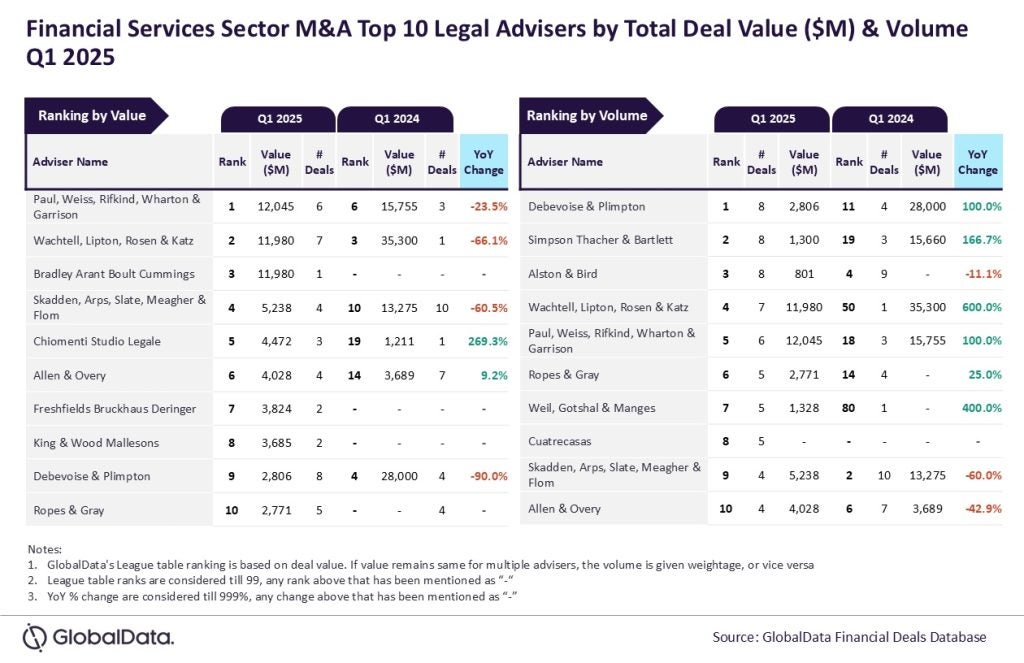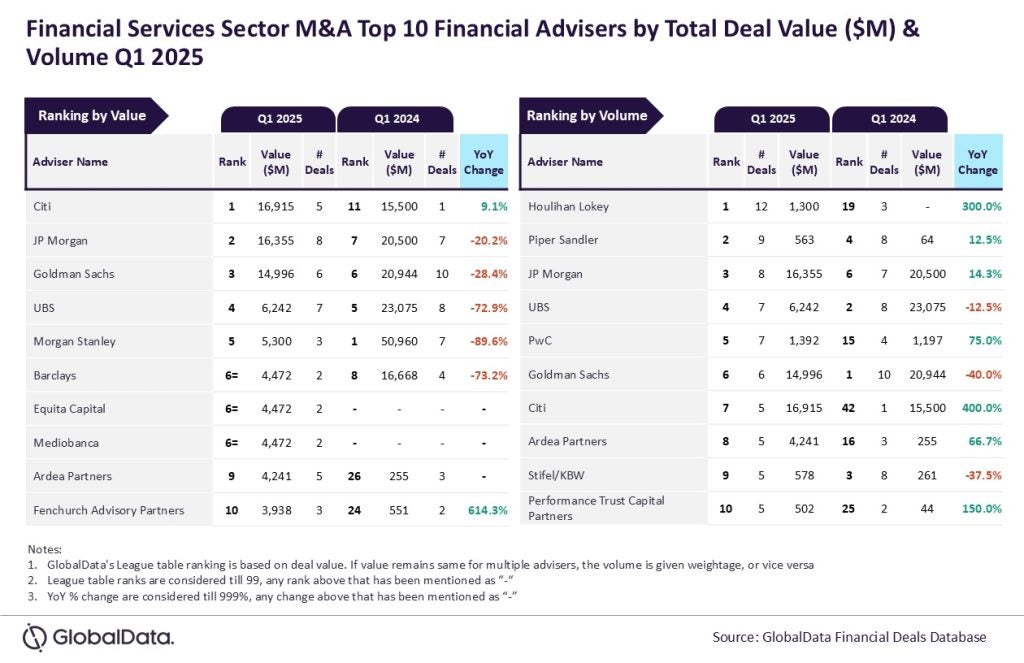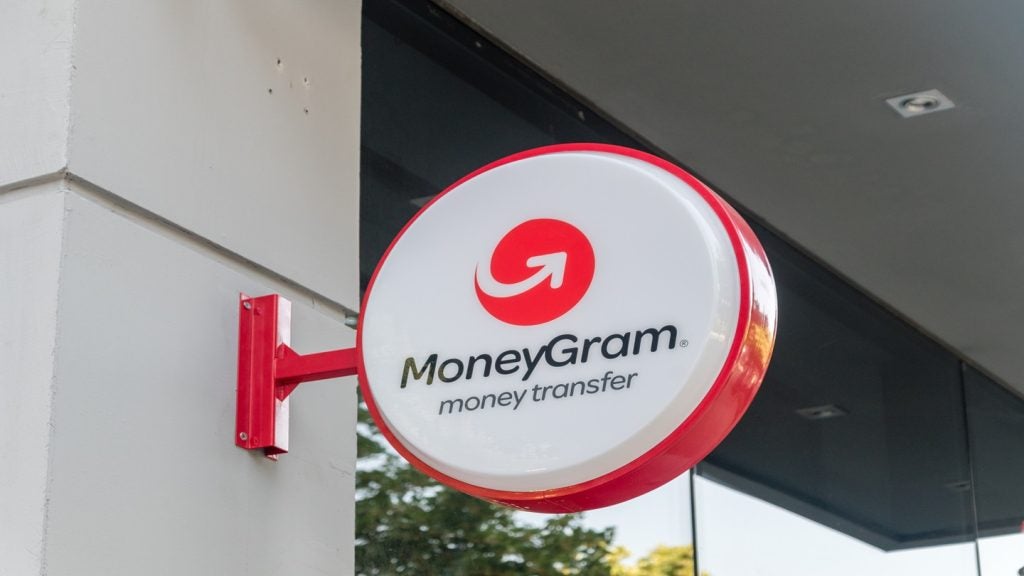Almost every independent UK customer satisfaction survey ranks first direct in first place. Douglas Blakey meets up with Lisa Wood, head of marketing at first direct to discuss the bank’s marketing priorities for 2013 and how the bank will retain its coveted position at the head of customer satisfaction league tables.
By retail banking standards, it will be a front page story if HSBC’s direct banking subsidiary first direct is ever knocked off its perch as the leading UK banking brand for customer service.
It is however an if the size of first direct’s mega Leeds-based call centre, housing over 2,000 staff. As Lisa Wood, head of marketing at first direct tells RBI:
"It would be awful, if on our watch, we lost that number one slot. Retaining the top slot for customer satisfaction keeps us incredibly motivated.
"Everything we do, every day has to have customer focus at the heart of it. It is just in the lifeblood of this organisation and has been part of our culture from the day first direct launched, to put the customer first."
Since its launch in 1989 by the former Midland Bank – first direct became a business unit of HSBC in 1992 – the Leeds call centre has been open continuously.

The target time set for incoming customer calls is 20 seconds but on the day of RBI’s visit to the vast call centre, calls were being answered within less than seven seconds.
The first direct call centre staff do not operate to prescribed scripts nor are their calls timed, not claims that all rival bank call centre staff would be able to make.
Encouraging a team spirit, the first direct management are located within part of the huge call centre building making them more approachable.
Complacency is not part of the first direct vocabulary, for reasons summarised succinctly by Wood.
"We cannot be complacent as we trade on our reputation. The key thing for us in 2013 is that we have to get our brand back on the radar. Yes, the brand has a fantastic reputation and we win all sorts of awards and our customers love us. But we recognise that we need to attract and bring younger customers into our brand.
"Our customers have grown up with us but now we have an older customer base. When we first launched, we appealed strongly to the 25 to 34 year old range. We want to get back to that core target audience."
A huge amount of work is underway at first direct to ensure that its marketing message reaches the right target audience in a meaningful way.
Says Wood: "We need to start growing the brand."
That means looking at and understanding the needs and aspirations of its target audience.
"We have undertaken research to understand what banks mean to young adults. It is not rocket science and it is not new. Today’s younger audience are digital savvy and text savvy, they just want everything at their fingerprints."
She adds: "Banking is a low interest category for them, they really just want no hassle but if anything goes wrong they can get someone on the phone any time to help sort things out."
One potential major change in the UK retail banking landscape is slated for September, when regulatory changes will force the country’s banks to enable customers to switch accounts within seven days.
With its well-established and lauded Easy Switch service, first direct ought to be well placed to win an increased market share.
"I am not sure it will mean a step change," says Wood.
"We have been working with [market researchers] GFK and their view is that while it is nice to have, it will not dramatically change the volume of switchers."
In the UK last year, around 8% of customers switched their main current account.
HSBC combined with first direct has a market share for current accounts of around 14%, equal with Barclays on the same percentage and ahead of Santander’s 11% and Nationwide’s 7% but behind Royal Bank of Scotland/NatWest on 16% and Lloyds Banking Group on 31%.
Wood argues, perfectly reasonably, that for a step change to occur, the industry would need to offer account number portability, as the mobile telcos offer with mobile phone numbers.
"We are nowhere near that as an industry, but it is a good step forward and will allow us to give some certainty to customers
"September will be a busy busy time but I am sure that our rivals will be out there making the most of the switching opportunity and there are stories of the big players putting big marketing bucks away to spend.
"We need to be there and we will be a part of it – you can expect to see something from us in marketing around September but we will engage in that in a first direct way."
Looking ahead, Wood has innovative and ambitious plans to maximise first direct’s use of social media.
"Loyalty is a hard topic to crack and we have done lots of work on loyalty over the years. We have never really cracked it however.
"It is just a personal and futuristic view of mine but there is an interesting dynamic now in how customers engage with the brand and add value to the brand in terms of building credibility to your brand."
"Digital social mobile is absolutely a space where we can credibly play and should credibly play because we do not have a branch network.
"If you add your customers and community into that and you are getting customers interacting with your brand and helping build your reputation in terms of their own expertise, there is an interesting area around rewarding loyalty on that basis."
In September HSBC and first direct announced that its customers would get access to their accounts from the UK’s 11,500 post office branches in 2013.







